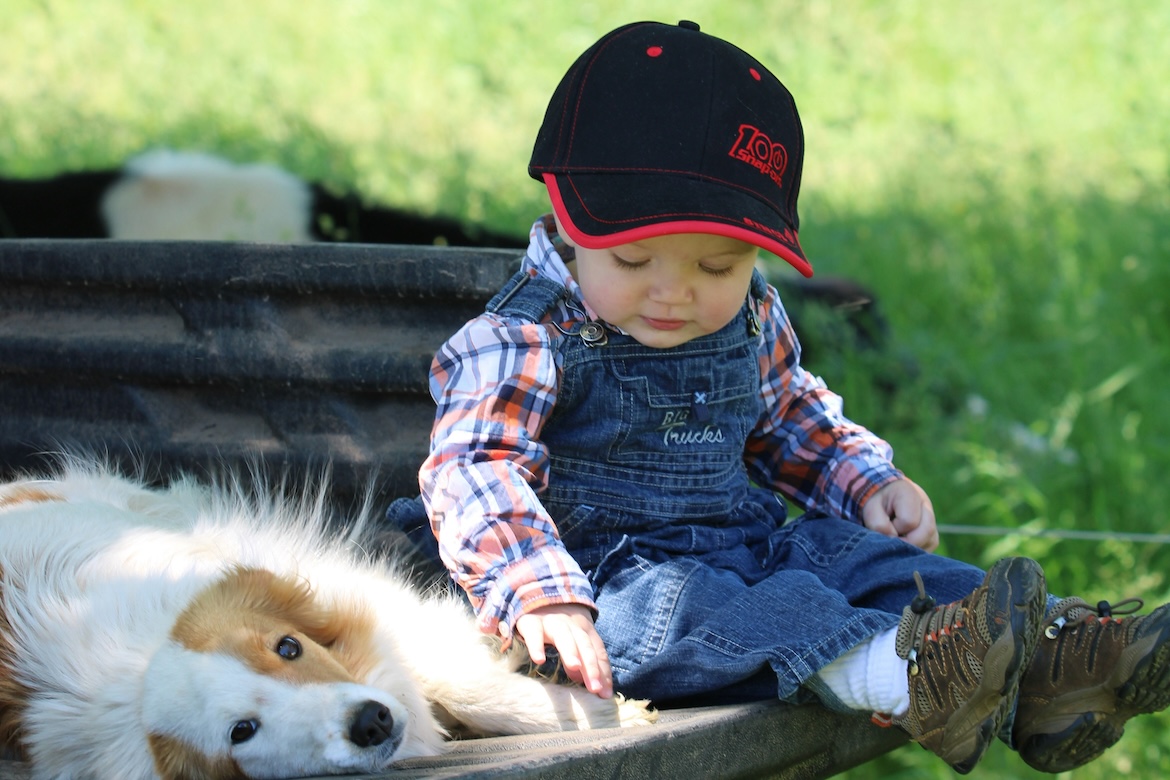By Jane Marsh
You can improve the lives of your autistic children and those with other sensitivities by introducing them to a pet. It is one of the best ways parents can support their family if it feels like an emotionally and physically appropriate match. Discover how pets could enrich your child’s well-being, mind and relationships with others – including themselves.
The Benefits of Caring for Pets
Pets are one of the best parts of any home, but these are the most inspiring ways they can change your child’s perspective on life and their autism.
Unconditional Love and Acceptance
Peers and even other adults can be judgemental. Pets are a genuine safe space for children with different abilities because they know the relationship is criticism-free. Kids who struggle with social interactivity know their cat, dog, turtle, fish or gecko will never chastise or shame them for who they are. This type of love is invaluable, even if you provide it as a parent.
Unwavering Sense of Comfort and Calm
Spending time with a pet releases oxytocin, which eases anxiety and stress in the mind and promotes a sense of calm and safety. It also stabilises blood pressure and heart rate. Those with autism may thrive in environments if they know a reliable companion is nearby, improving their confidence in their tasks.
Your kid will never feel alone, which boosts emotional resilience and pushes them to step out of their comfort zone. Research proves pets support better mental health, including helping people with post-traumatic stress disorder and anxiety. If your child feels isolated, they can direct their focus to the pet as a source of encouragement, bringing them out of any emotional lows.
Better Social Skills
You have talked to your pets, so it makes sense children could see their furry friends as the perfect social catalyst. They can have conversations, share secrets and build relationships, whereas many with autism may have hesitations socialising with others.
Also, having pets around is a perfect low-stakes conversation starter. If you take the dog for a walk, another child may see it and ask to pet it. This small moment can be powerful for socially sensitive kids and could start a repeat interaction at the park moving forward.
Enhanced Sensory Interactivity
Many children with sensitivities experience senses in muted or extreme ways. A bunny’s soft fur or a cat’s calming purr can make kids more comfortable with touch and sounds. While this may not be as common with animals like fish, care habits, like cleaning the tank or distributing food, can also engage your child’s senses in other ways. Consider the sounds of fins flapping or processing how differently colours move as water ripples.
Consistent Routine-Building
Pets love routine, and many autistic youth thrive on structure. Routines give them a sense of stability when they feel overwhelmed or overstimulated. Feeding and watering an animal at the same time every day or encouraging a regular walk can be game-changing for your kid’s independence.
They eventually learn that a dog needs one cup of water per 10 pounds of body weight or a cat needs the litter box filter changed based on the model’s instructions. This increases their responsibility, making them feel more capable of taking care of themselves and others since they can maintain a schedule.
Improved Emotional Regulation
Autistic children may need to advocate for themselves more. They can practise those muscles by being responsible and empathic toward an animal. If they notice the pet acting strangely or needing attention, they learn to recognise and act on those signals. The repetitive behaviours help children learn more about their habits.
You can also certify the pets as therapy or emotional support animals if that would benefit your child’s experience. It could help them learn to describe autism to others and what the pet means to them.











